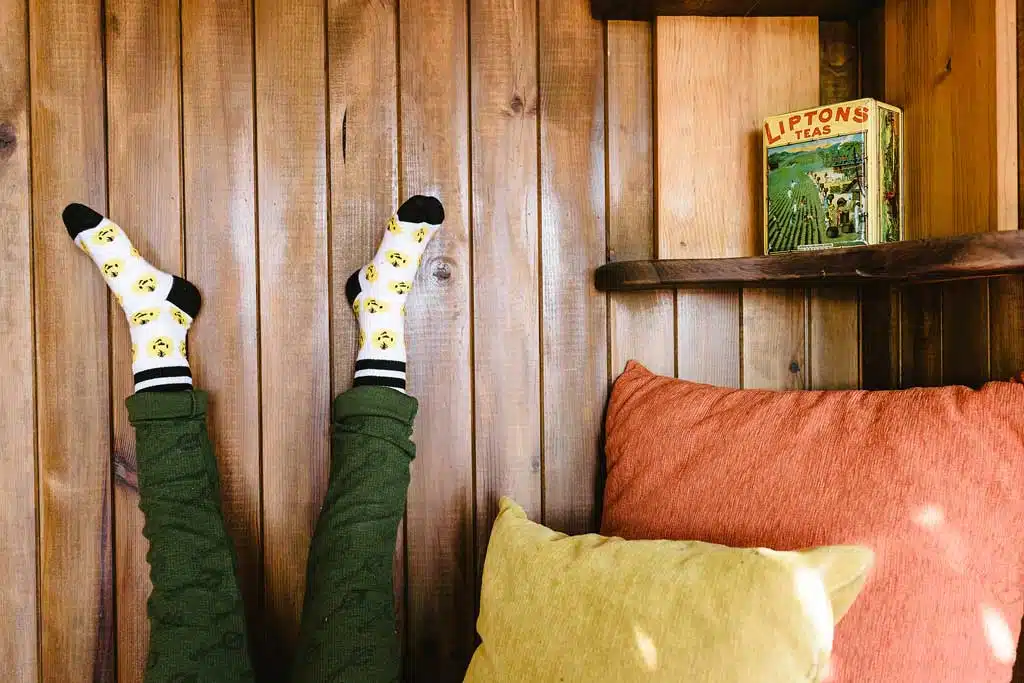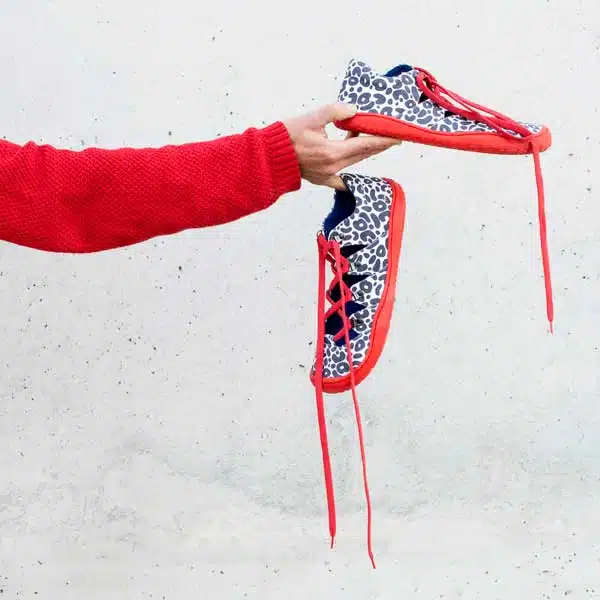

Our Sambas love your feet. But with good love, without restrictions, loving them as they are. Accompanying them respectfully on their way.
It may come as a surprise to you, but if you’ve grown up in our society, your feet need that extra love. They happen to be in a toxic relationship with conventional footwear. And as often happens in toxic relationships, by the time you realize it, the damage is done. The consequences? Malformations, chronic pain, bunions, poor body alignment, back pain, knee pain?
In the western world, we have been walking in contradiction for hundreds of years regarding the health of our feet. We have advanced in a multitude of fields, but we have done so on oppressed and weak feet.
The shoes we are used to are completely inappropriate anatomically. They do not even have the shape of a foot. Our poor feet, imprisoned from an early age, mold to the shoe, thus losing part of their functionality and creating imbalances in the entire chain of movement.
The good news is that the human body has a wonderful capacity for regeneration. Just as inappropriate footwear can deform the foot, footwear that respects the anatomy of the foot can restore it to health.
That’s why our shoes are Foot-Friendly. We can also call them barefoot, minimalist footwear or respectful footwear, although these terms are not exact synonyms.
In short, these shoes respect the anatomy and functionality of the foot, trying to interfere as little as possible in its natural function.
Why do I need Foot-Friendly shoes?
Because conventional footwear hurts you:
What are the characteristics that make Sambas Foot-Friendly?
SOLE
PUNTERA
They are also lightweight in construction so as not to add extra weight that your feet don’t need.
Sambas have no arch inside so that your feet can be activated and strengthened. Our insoles are also 100% flat.
How will Foot-Friendly footwear help you?
Your feet will stop hurting. Walking, running, exercising, dancing, will be pain-free activities.
Need more reasons? OK.
Is Foot-Friendly footwear enough to restore the functionality of my feet?
Probably not. Especially if your feet have been in conventional footwear all your life, and especially during the growth stage. Respectful footwear will help you a lot, but to achieve substantial improvements you may need to exercise your feet a little bit to regain lost function, mobility, flexibility and stability. The positive side is that with only 10 minutes a day you will notice significant improvements, and you can combine it with other daily activities. They are simple exercises such as rolling a ball under your foot or spreading your toes.
And if possible, try to exercise without shoes. Any exercise you do without shoes could be called foot exercise.
So don’t think twice. Give your feet a chance with Sambas.
